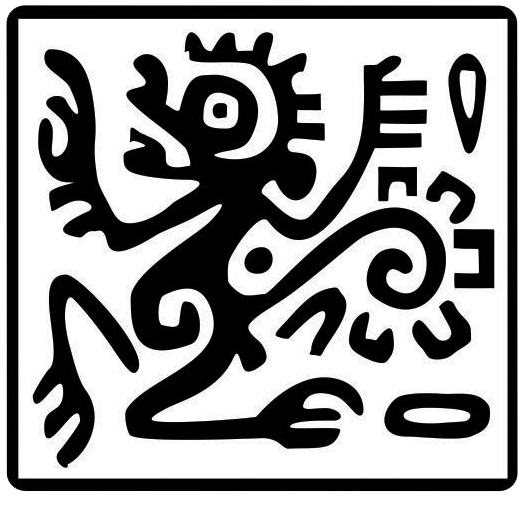Early observations on the use of termite nests by bats
Abstract
The remarkable discovery of Neotropical round-eared bats (Phyllostomidae, Lophostoma) actively hollowing out cavities in termite nests for roosting sites has enabled researchers to explore several aspects of their previously unknown behavior. We now know that round-eared bats excavate cavities in Nasutitermes nests that are actively used by the termites and the bats roost only in these cavities, as well as a number of other aspects of the bats’ behavior. In the early 1800s, a British naturalist, Charles Waterton, observed and published that bats “clear out” and roost in termite nests, and how he was able to ascertain if a termite nest was being used by bats. Waterton’s descriptions of this behavior have long been overlooked and now provide us with additional insights on the distribution and ecology of these poorly known bats.
Copyright (c) 2021 Therya Notes

This work is licensed under a Creative Commons Attribution-NonCommercial-NoDerivatives 4.0 International License.
THERYA NOTES is based on its open access policy allowing free download of the complete contents of the magazine in digital format. It also authorizes the author to place the article in the format published by the magazine on your personal website, or in an open access repository, distribute copies of the article published in electronic or printed format that the author deems appropriate, and reuse part or whole article in own articles or future books, giving the corresponding credits. The Creative Commons CC BY-NC-SD license is used.![]()










